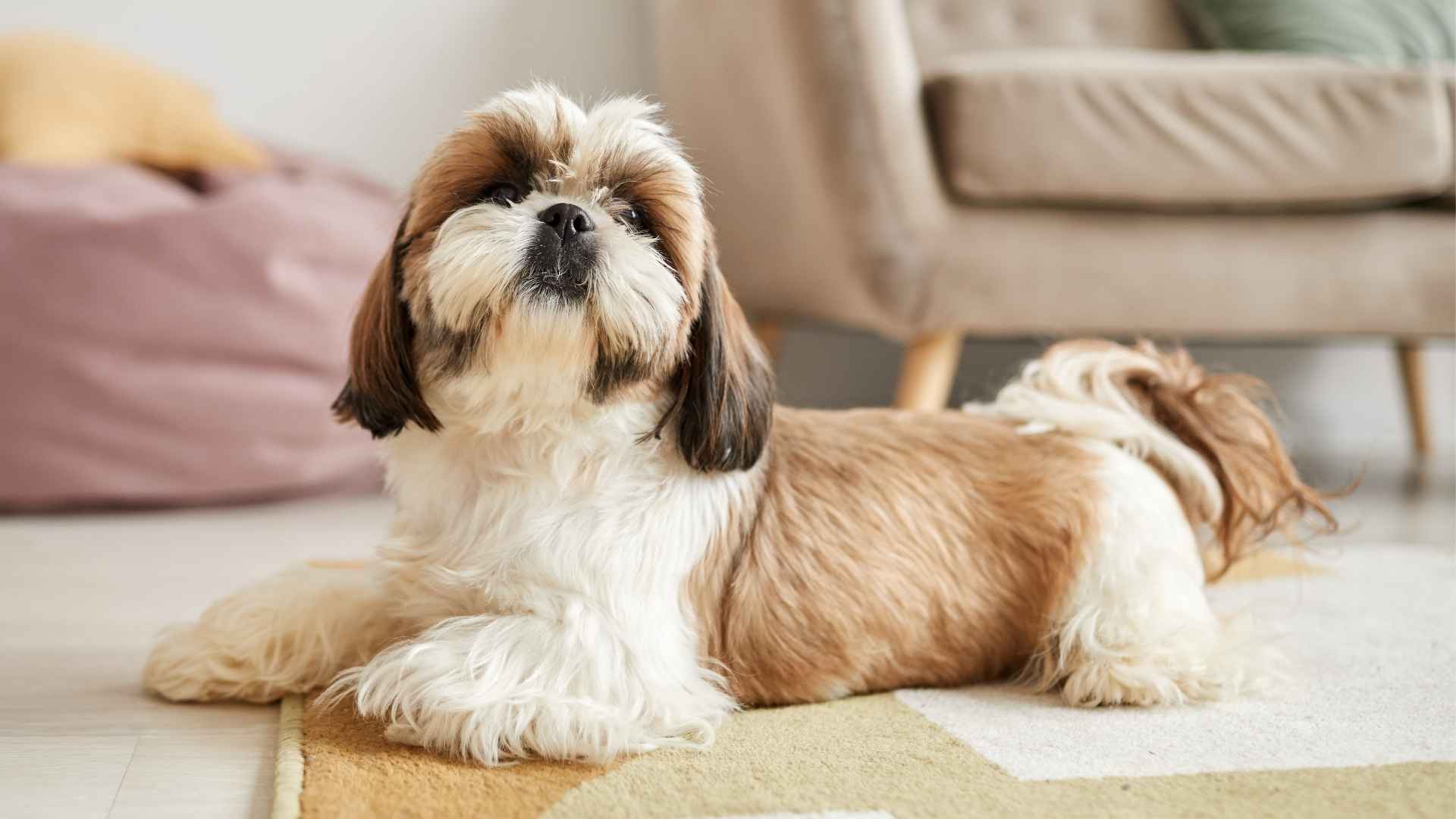Do you ever wonder if a dog can truly thrive in a small apartment without feeling cooped up? Most people assume dogs need big yards, endless energy, and constant activity—but that’s not always true.
Some breeds are happiest in quiet corners, lying close to the people they love. If you live in a small space and crave a calm companion, you don’t have to give up on having a dog. The key is choosing one that’s built for rest, not for running laps.
These dogs don’t need much room, and they don’t ask for more than comfort and care. They’re calm, collected, and perfectly suited for city life or cozy quarters. They adjust easily and love routines that match a slower pace.
Let’s look at the low-energy dog breeds that make the best apartment companions—easy to live with and even easier to love.
Low-Energy Dog Breeds For Small Apartments
1. Pug
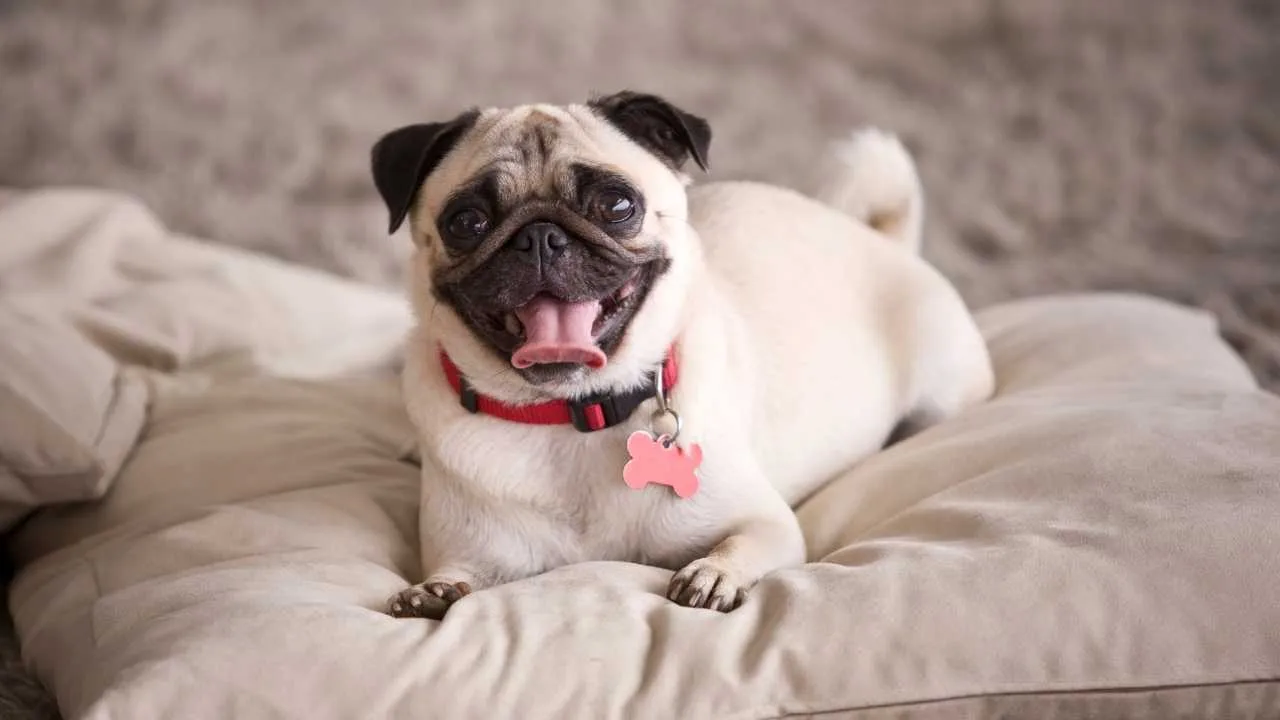
Pugs fit well into smaller living spaces thanks to their naturally laid-back lifestyle. Their short bursts of play are often followed by long naps throughout the day. You’ll find them lounging under sunlight, enjoying stillness over constant motion.
Movement Without Intensity
While they enjoy short walks, pugs are rarely hyperactive and tend to pace themselves without needing strict routines. Their breathing limitations also make high activity levels uncomfortable for them. Because of this, owners often opt for gentle indoor games to meet their mild exercise needs.
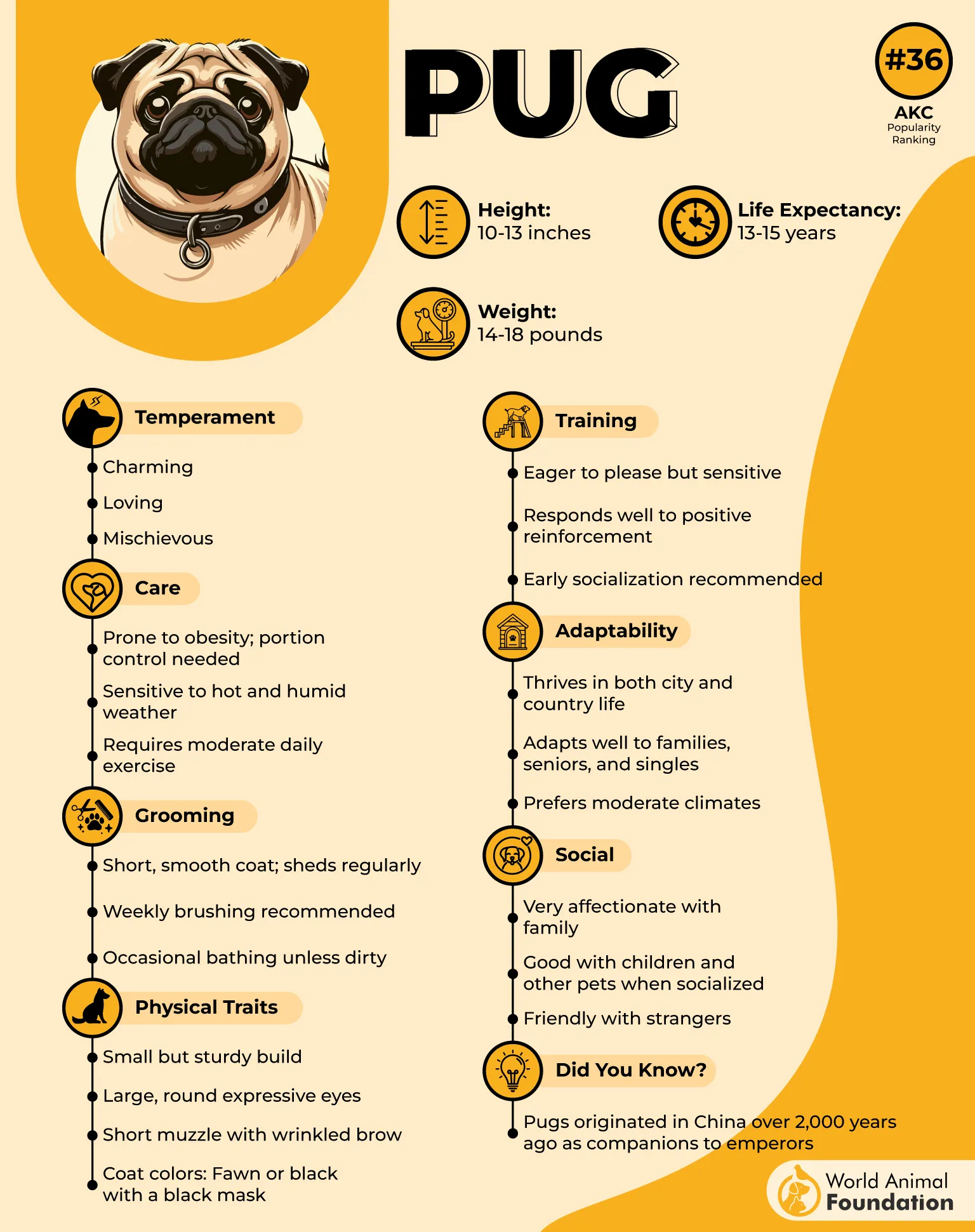
Facial Structure and Sleep Habits
Their brachycephalic face isn’t just a defining feature — it also contributes to frequent snoring and deep sleep. Pugs are known to spend nearly half the day sleeping, especially during warm weather, as per Pawlicy Advisor. They’re light-hearted but can go hours without needing to move much.
A Place in Canine History
They’ve long held a unique role in the dog world, once favored by Chinese royalty. As a small dog breed, they continue to gain popularity among urban families. The folds around their ears and nose require some care, but their temperament remains consistently low-key.
2. French Bulldog
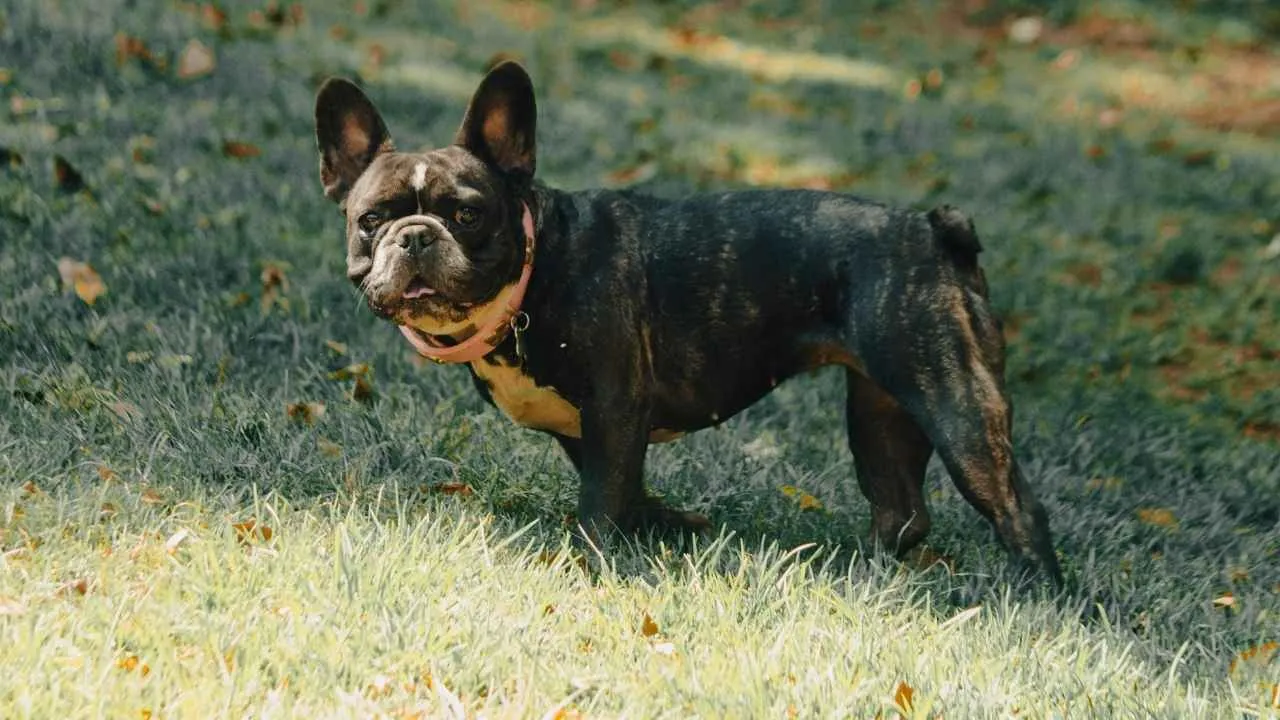
French Bulldogs have a mellow rhythm to their day, preferring rest over constant movement indoors. They tend to follow routines and settle easily in compact homes. Most enjoy lounging quietly in corners, observing without seeking too much stimulation.
Exercise Needs Stay Minimal
Their short build and facial structure reduce stamina, making long walks unnecessary. A few minutes of light movement often meets their daily needs. This keeps their activity level low without compromising overall comfort.
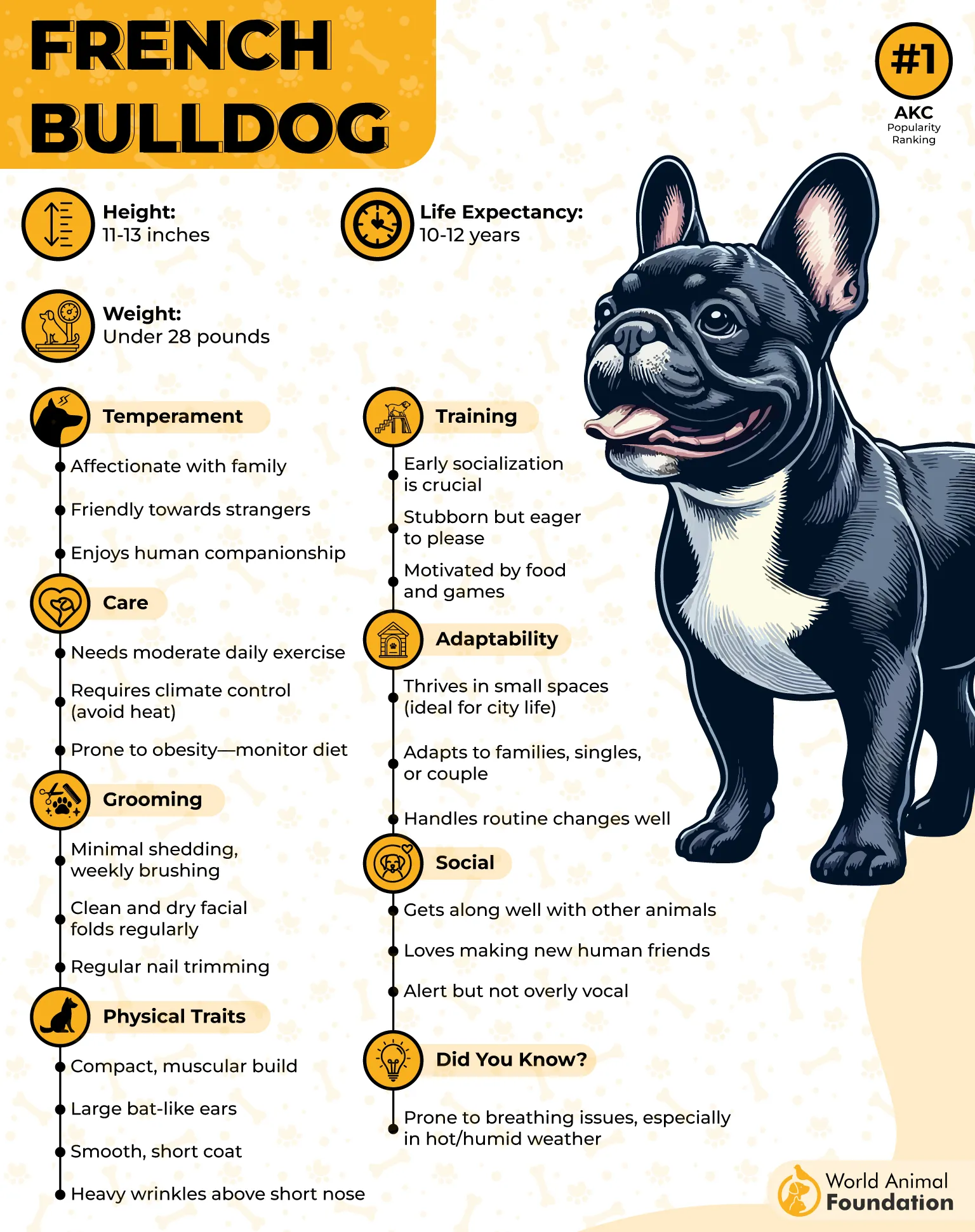
Heat Sensitivity Guides Behavior
They struggle with overheating due to their flat face and compact airway. On warm days, they instinctively slow down and seek cooler spots. Owners often notice they prefer tile floors or shaded areas during midday hours.
Quiet and Easy to Live With
They won’t bark frequently, making them ideal for buildings with shared walls or limited noise tolerance. Their short coat needs little upkeep, fitting the low-maintenance dogs category. These qualities make them a favorite among many apartment dwellers.
3. Bolognese
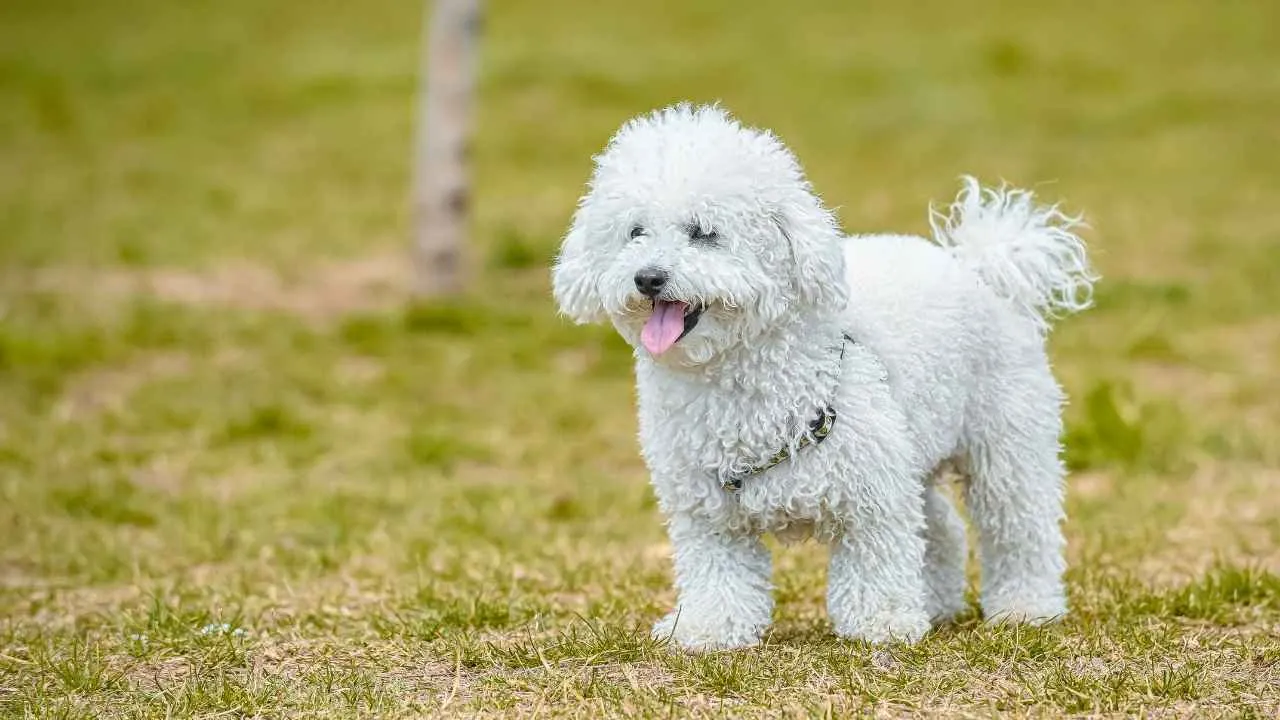
The Bolognese thrives in relaxed, controlled environments and rarely shows signs of restlessness. Their gentle movements and quiet demeanor make them ideal for small-space routines. They often observe their surroundings without reacting impulsively or barking excessively.
Exercise Needs Are Minimal
This breed doesn’t require intense physical activity and remains content with short walks or indoor movement. Playing with soft toys or pacing within the house often meets their energy needs. They rank among the more suitable choices in lists of low-energy dog breeds.
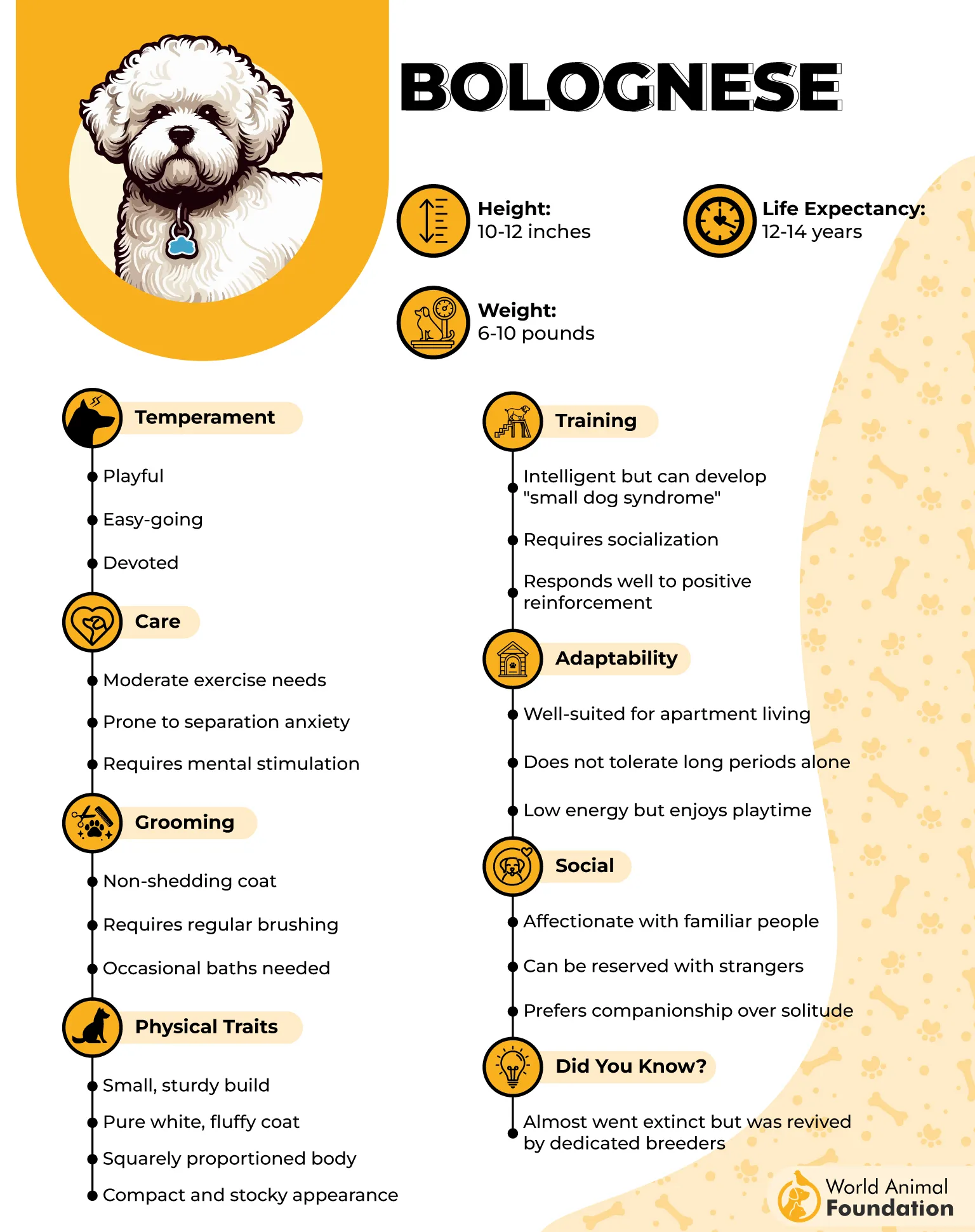
Natural Adaptability in Compact Spaces
Their size and quiet personality make them a comfortable fit for apartment living, even with families or elderly owners. They don’t need outdoor access for long stretches and tend to follow their owners from room to room. Their presence is felt more than heard.
Social Yet Calm with Other Pets
While they bond deeply with their owners, Bolognese dogs also adapt well around other dogs when introduced gradually. Their interaction tends to be gentle rather than excitable, often preferring close contact over high-energy play. Their communication is more through eye contact than vocal noise.
4. Pekingese
The Pekingese prefers quiet routines and small spaces over large, open areas. Their compact frame and deliberate pace match well with apartment life. Most prefer lounging near windows or soft bedding rather than following people from room to room.
Low-Mobility Suited to Small Spaces
With a front-heavy body and short legs, Pekingese don’t seek long walks or vigorous activity. They’re more content with slow indoor pacing or short outings around the block. Their unique gait, often described as rolling, limits fast or prolonged movement.
Grooming Adds to the Routine
Their long coat requires regular brushing, especially behind the ears and along the chest. However, the grooming process itself can be a relaxing activity for the dog. Many owners describe it as a bonding moment that fits into the Pekingese’s relaxed daily rhythm.
Breed Origins That Shaped Their Pace
Historically carried in the sleeves of Chinese royalty, their slow, composed nature reflects centuries of quiet companionship. Today, they remain among the most adaptable apartment dogs and rarely require time at the dog park. As a furry canine, they thrive in low-energy homes with gentle routines.
5. Lhasa Apso
Lhasa Apsos are naturally composed indoors and spend long periods relaxing on their own. Their history as indoor sentinels in Tibetan monasteries shows in their calm, alert presence. These traits make them especially well-suited for apartment living with low physical demands.
Groomed Coats and Still Temperaments
Though their coat needs frequent brushing, their daily activity needs are minimal. They prefer short indoor play or slow strolls over anything strenuous. Even their interest in movement is predictable and measured rather than sudden or chaotic.
Independent Yet Watchful
They often choose their favorite corner and watch from a distance rather than stay constantly on foot. Known as one of the more intelligent dogs in the toy group, they remain aware of their surroundings without excessive reaction. Their quietness and independence work well in shared living spaces.
Needs Met with Routine and Space
Short sessions of interaction and a couple of daily walks usually cover their physical and mental needs. Most pet parents find that Lhasas settle easily into compact spaces without restlessness. Their ability to adapt quietly while still keeping a sharp eye sets them apart from more demanding breeds.
6. Shih Tzu
The Shih Tzu’s small size and calm energy make it naturally suited to compact homes. They’re known to stay close to familiar spots, often choosing one cozy area to nap in daily. Their activity is usually limited to short walks and relaxed play indoors.
Movement in Short Bursts
They have short legs and a compact frame that discourages excessive running or jumping. Shih Tzus often enjoy slow strolls, preferring flat surfaces over stairs or uneven ground. Their breathing pattern also favors low-intensity activity, especially in warmer climates.
Temperament That Suits Small Spaces
Their social nature and love for human presence show in the way they quietly observe their surroundings. You’ll notice this little dog rarely demands more than gentle interaction. Most thrive in quiet homes and respond well when routines are simple and consistent.
Grooming Routine and Learning Curve
Their long double coat requires frequent brushing, especially around the ears and paws, as stated in PetCareRx. With proper training, they learn to enjoy grooming and remain calm during daily handling. A consistent schedule also helps shape a dog’s behavior in a peaceful indoor setting.
7. Basset Hound
The Basset Hound’s long body and short legs naturally limit high-energy activities. They prefer slow-paced walks and lounging for hours on soft surfaces. Indoors, their low-key behavior makes them barely noticeable in tight living spaces.
Movement Rooted in Scent Work
Originally developed for scent tracking, their nose still guides their pace, often pulling them into slow, thoughtful sniffing rather than running, as per the AKC. Their stamina exists but rarely shows up as bursts of energy. Owners often describe them as peaceful companions with quiet indoor habits.
Sounds and Reactions at Home
Their deep bark is used sparingly indoors, and they’re usually unbothered by background noise or city living. Bassets tend to stay in their favorite spot and resist following their owners around. Their independence adds to their reputation as one of the best dogs for calm spaces.
Physical Presence Without Disruption
Although not a small breed, their temperament suits apartments where room to roam isn’t essential. They don’t jump on furniture often due to their frame, which prevents excessive movement. Regular rest periods define their daily rhythm more than structured activity.
Conclusion
Living in a small space doesn’t mean you have to give up the idea of having a dog. Some breeds were practically made for it. Whether you want a quiet lap dog, a calm furry friend, or one of those affectionate yet lazy dog breeds, there’s a perfect match for your lifestyle.
Many of the dogs we’ve covered need little mental stimulation, enjoy short walks, and are happy relaxing by your side. Some even come from ancient breed lineages known for their calm nature. With the right structure and gentle obedience training, these dogs settle easily into routines.
They’re also more likely to be easy to train and don’t react like high-energy dogs to every sound or movement. If allergies are a concern, a few of these breeds also fall into the group of hypoallergenic dogs. A little planning goes a long way toward peaceful living with the right companion.


